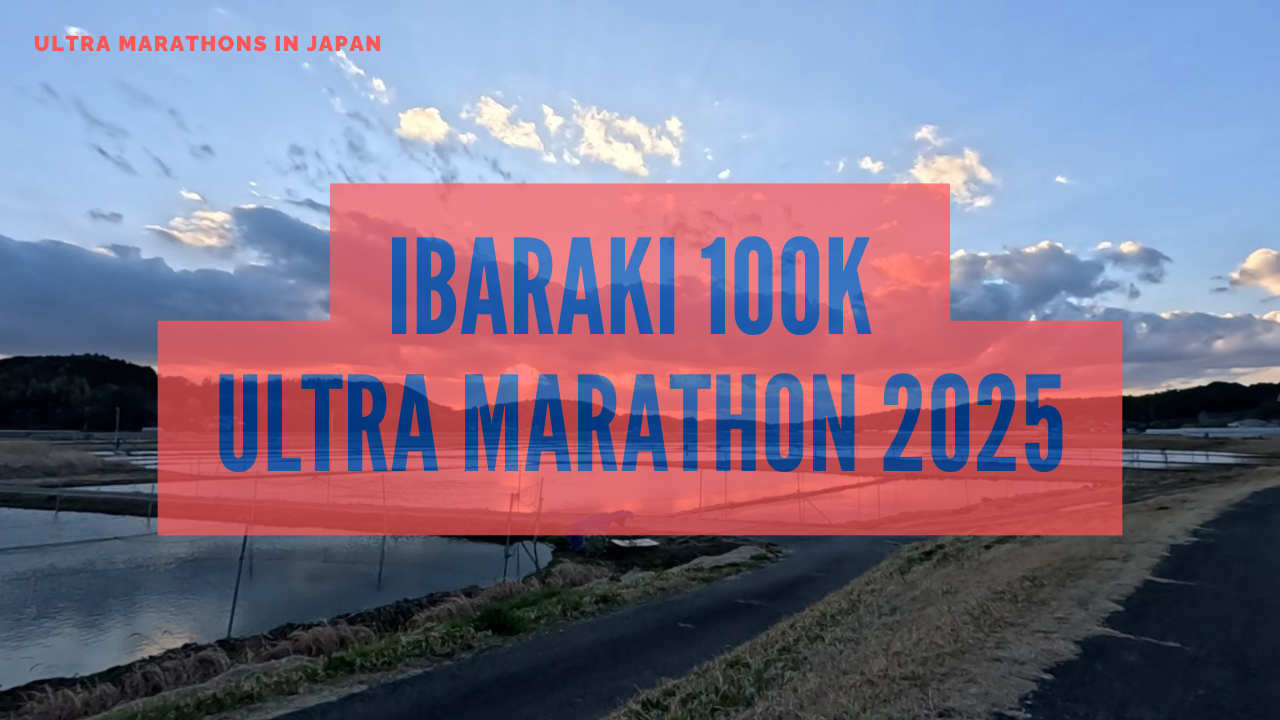Training Tips for Ultramarathons

Are you worried about being able to complete an ultramarathon?
I’d like to share some training tips that can help put your mind at ease.
1. Time-Based Runs
This is a training method where you structure your workouts based on time rather than distance.
One type of training I often did was running for 6 hours or 8 hours.
The main point of this approach is to run for an extended period of time.
When you train by distance—for example, doing a 50 km run—it can create mental pressure, like thinking “I have to keep pushing until I get there.” If you fall short, it can be discouraging.
With time-based runs, you simply stop once the set time has passed.
The purpose of this training is to keep your body moving for the entire duration, so it’s totally fine to walk if you need to. In a race, you’ll stop for bathroom breaks, aid stations, stretching, and short rests, so you can also take breaks during your training without any problem.
When setting your target time, it’s ideal to choose a duration that is close to your expected finish time for the ultramarathon you’re preparing for.
For example, if you plan to complete 100 km in 12 hours, it’s best to set a goal time close to 12 hours for your time-based runs.
After all, you’ll be running even longer on race day!
By the way, when you try running longer than any distance or duration you’ve ever done before, your body may sometimes feel like it’s shutting down.
It’s as if your body is saying, “I’ve never moved this much—I don’t know what to do!”
But humans are amazing—once you experience it, your body learns.
Including this experience as part of your training will help reduce your anxiety when race day comes.
2. Mountain Pass Runs
This isn’t about sprinting up hills at full effort—instead, I recommend finding a nearby mountain pass and simply running up and down at an easy, steady pace.
While some ultramarathons take place on very flat courses, most of them include plenty of hills.
By practicing mountain pass runs, you train your body to keep moving for long periods while your heart rate stays elevated. As a result, running long distances on flat terrain will feel easier.
When doing these runs, you don’t need to set a specific time or distance goal.
Instead, focus on your own sense of effort—stop when you feel like you’ve had a good workout.
Personally, I find that running about 10 km up and 10 km back down feels like the perfect training session, but this will vary depending on the individual.
Hills are an unavoidable part of ultramarathons, so practicing mountain pass runs is always worth it!
3. Eating While Running
This is one of my specialties! 😄
In an ultramarathon, you burn an enormous amount of energy.
Because of this, you need to replenish energy while you’re running—otherwise, your body will run out of fuel and simply stop working.
I have a story about a time I failed at this: I wasn’t feeling hungry, so instead of eating solid food, I kept taking energy gels. Eventually, I felt so nauseous that I had to drop out of the race.
The key point here is to chew your food. Be sure to eat solid items like bananas and chew them thoroughly to take in calories properly.
Try combining this practice with the time-based runs I mentioned earlier.
Buy different foods from the supermarket and test them out while you run.
Figure out in advance which foods make you feel good and energized while running—and which ones upset your stomach.
In closing
Everyone has different goals—whether you want to set a new personal record in an ultramarathon or simply cross the finish line.
I hope this article can help support you, even just a little bit, as you work toward your goals.

